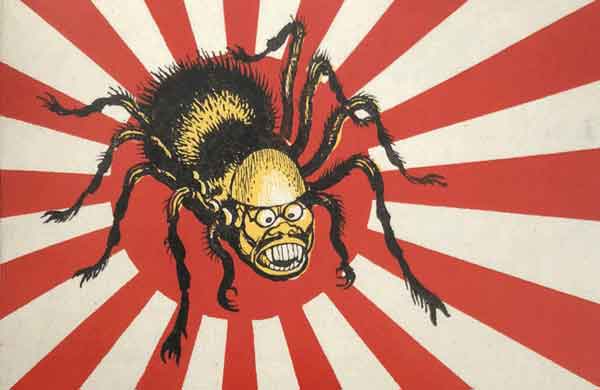The ongoing debate on the necessity and moral justification of dropping two atomic bombs on Hiroshima and Nagasaki in August 1945 has consumed historians for decades. American researcher Ward Wilson has shifted the focus of that debate, steering it from theoretical considerations to practical aspects.
Wilson contended that, from a nuclear policy standpoint, the crucial question is whether the use of nuclear weapons on enemy territory achieved its objective of successfully coercing Japan into unconditional surrender. According to Wilson, the answer is no.
He challenges the deeply rooted belief that the Japanese surrendered because they suddenly understood the potential devastation nuclear weapons could inflict on their country, leading them to succumb to the threat of additional nuclear bombardment by the U.S. Army Air Force. When the atomic bombs were unleashed on Hiroshima and Nagasaki, 80% of Japanese cities were already in ruins due to intense U.S. bombardments with conventional weapons. This resulted in the deaths of an estimated 110,000 to 210,000 people, primarily civilians, with hundreds of thousands more wounded and left homeless. Wilson questions how the obliteration of two-thirds of a couple of cities with a superbomb could possibly impress Japan’s military and political leaders when there was already very little left to destroy.

Instead, Wilson argues, the true reason for Japan’s decision to surrender, after 14 years of fighting, was the Soviet entry into the war. As the Soviet Union declared war on Japan, invaded Manchuria and Sakhalin Island, and poised to reach mainland Japan in as little as 10 days, Japan found itself confronting two invading forces: Americans from the south and the Soviets from the north. Japan’s top military commanders quickly acknowledged the inability of the Japanese armed forces to engage in a two-front war, ultimately prompting their decision to surrender.
Although Wilson’s argument suggesting the threat of Soviet occupation of Japan’s mainland as a decisive factor in Japan’s surrender seems reasonable, it contradicts the conclusion reached by the experts of the U.S. Strategic Bombing Survey, as stated in the summary report issued on July 1, 1946:
“Based on a detailed investigation of all the facts, and supported by the testimony of the surviving Japanese leaders involved, it is the Survey’s opinion that certainly prior to 31 December 1945, and in all probability prior to 1 November 1945, Japan would have surrendered even if the atomic bombs had not been dropped, even if Russia had not entered the war, and even if no invasion had been planned or contemplated.”
So, if Ward Wilson is mistaken in dismissing the significance of the use of nuclear weapons on Japanese cities, does the discussion on what prompted Japan to surrender revert to the argument that the atomic bombing alone halted Japan’s war effort? Not necessarily. The likely cause of Japan’s surrender is a combination of various factors, including the near-complete destruction of Japan’s industrial base, the prospect of mass starvation and antigovernment rebellion, the unsuccessful attempt to negotiate an armistice with the United States by involving Josef Stalin as a mediator, and the collapse of Japanese defenses when faced with Soviet invasion. Among these factors, the threat of nuclear annihilation on the Japanese mainland likely played a role as well.■
Sources
- The Bomb Didn’t Beat Japan. Stalin Did. | Foreign Policy
- Did Hiroshima Save Japan From Soviet Occupation? | Wilson Center
- Did the Japanese offer to surrender before Hiroshima? (Part 1) | Restricted Data | Nuclear Secrecy
- Edward Teller On Oppenheimer, H-Bomb, Los Alamos, Hiroshima, And More | Forbes
- Counting the dead at Hiroshima and Nagasaki | Bulletin of the Atomic Scientists
- To demonstrate, or not to demonstrate? | Nuclear Secrecy
- FDR and the bomb | Nuclear Secrecy
- Spangrud, T. (1987 [1945, 1946]). The United States Strategic Bombing Surveys: European War, Pacific War. Air University Press. ISBN 1-58566-018-3.
- Frank, R.B., (2001). Downfall: The End of the Imperial Japanese Empire. Penguin Books. ISBN 978-0141001463.
- Cover image by an unknown author in the 1940 Italian propaganda pamphlet titled “L’Asia sotto il Giappone.”



Leave a comment